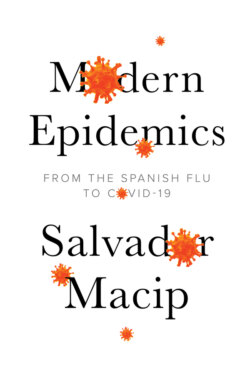Читать книгу Modern Epidemics - Salvador Macip - Страница 19
A bit of terminology
ОглавлениеWith regard to infections, there’s a series of terms that are frequently used to define their reach. For example, an outbreak is an infection localized among a relatively small group of people, for example, a family, a school or even a village. A typical case would be food poisoning, which tends to affect only those who have eaten food containing pathogenic microbes.
The next level is an epidemic, which is defined rather arbitrarily as an accumulation of infected people that’s bigger than ‘normal’. For example, if a disease is very rare, a mere handful of cases could be regarded as an epidemic. When an epidemic has spread through more than a continent or even the whole planet, we call it a pandemic. Technically speaking, the WHO officially declares a pandemic only when a disease goes beyond six phases, ranging from detection of the microbe in animals (phase 1) through to the continuing presence of the disease in more than one of the regions defined by the organization (phase 6).
An infectious disease that’s constantly present in a region without any significant fall or rise in the number of cases is said to be endemic. For example, malaria is endemic to many parts of Africa. Whether or not an outbreak turns into an epidemic, a pandemic or becomes endemic depends on many factors, among them the speed at which it spreads and the virulence of the disease it causes.
